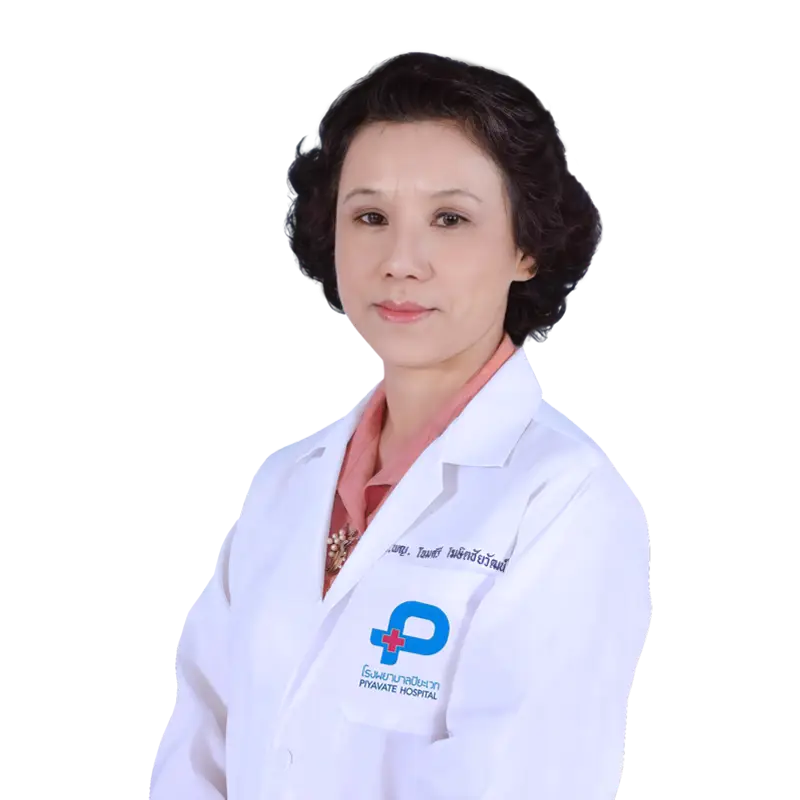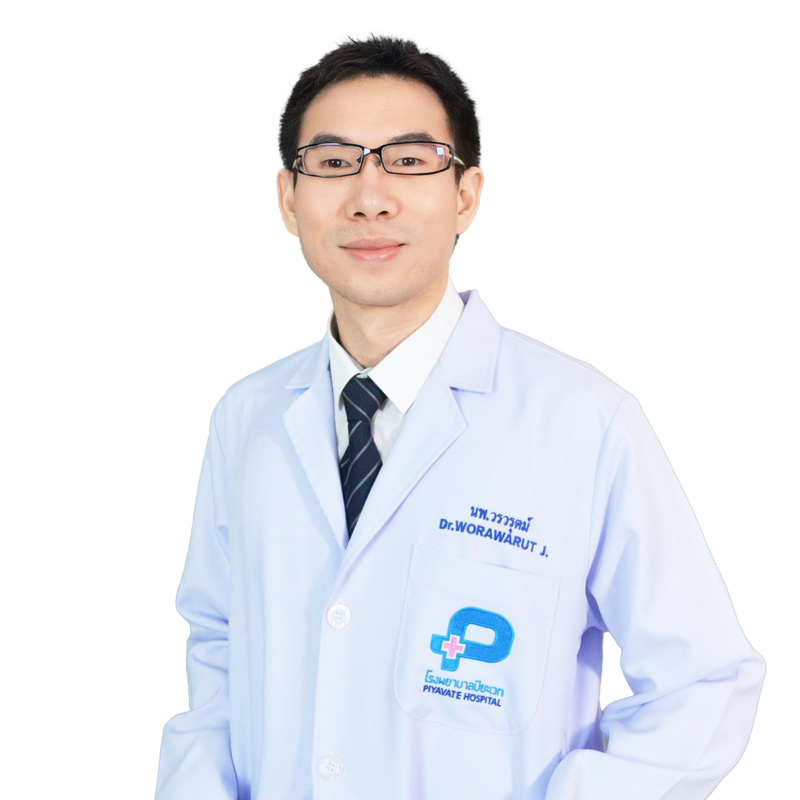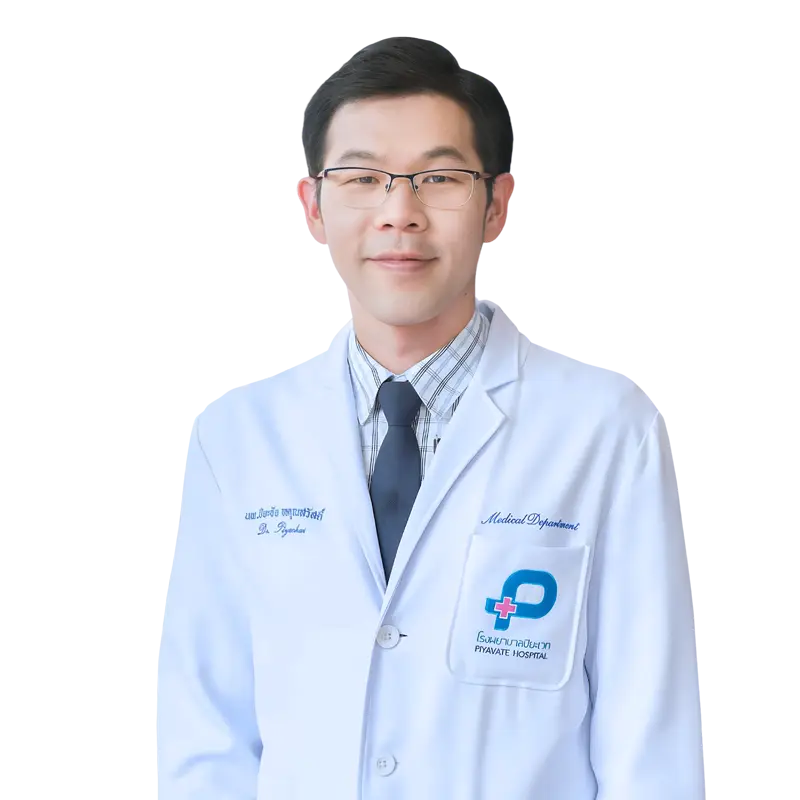- Gastroenterology Center
About
Located on the G floor of Piyavate Hospital, the Gastrointestinal and Liver Disease Center offers comprehensive diagnostic and treatment services for a wide range of digestive and liver conditions. Staffed by experienced specialists, the center provides advanced care for disorders such as esophageal cancer, peptic ulcers, gastroesophageal reflux disease (GERD), stomach cancer, and liver cancer.
With state-of-the-art medical technology and a multidisciplinary approach, the center ensures accurate diagnoses and effective treatment plans tailored to each patient’s needs.
With state-of-the-art medical technology and a multidisciplinary approach, the center ensures accurate diagnoses and effective treatment plans tailored to each patient’s needs.
Medical Services
- H. pylori Breath Test — A non-invasive test to detect the presence of H. pylori bacteria in the stomach.
- Gastric Biopsy — Sampling of stomach tissue for analysis.
- Gastroscopy — Endoscopic examination of the esophagus, stomach, and the first part of the small intestine.
- Colonoscopy — Endoscopic examination of the large intestine.
- Sigmoidoscopy — Endoscopic examination of the distal part of the large intestine.
- Polypectomy — Removal of abnormal tissue growths in the stomach and intestines.
- Emergency Hemostasis — Stopping acute gastrointestinal bleeding via endoscopy.
- Percutaneous Endoscopic Gastrostomy (PEG) — Inserting a feeding tube through an endoscope without surgery, used for treating narrowed digestive pathways by dilation, insertion of a tube, or injection.
- Endoscopic Retrograde Cholangio-Pancreatography (ERCP) — Endoscopic examination of the bile ducts and pancreas to dilate the bile duct sphincter, pancreas, and remove gallstones.
- Laparoscopic Surgery — Minimally invasive surgery using an endoscope, including post-surgical rehabilitation.






